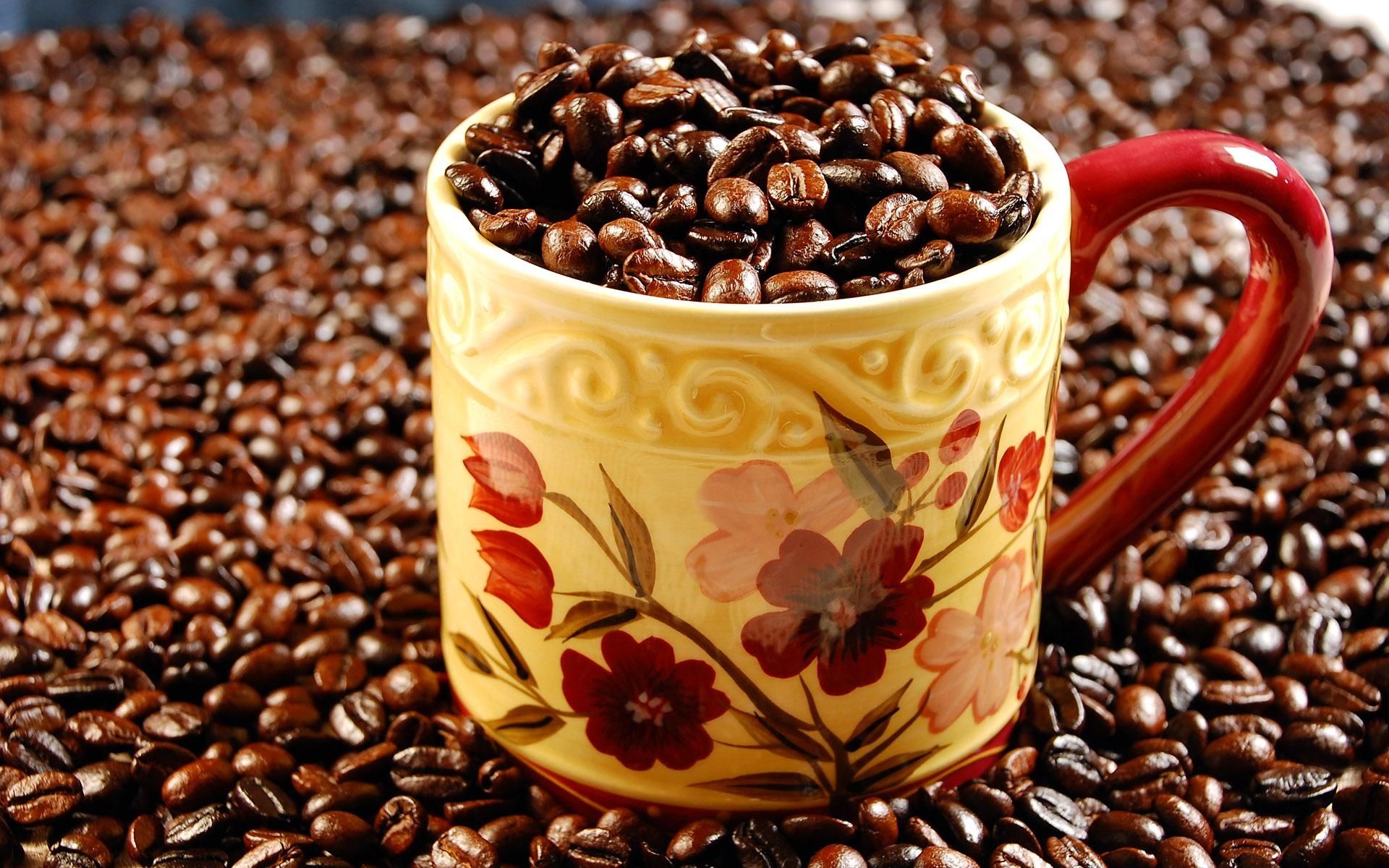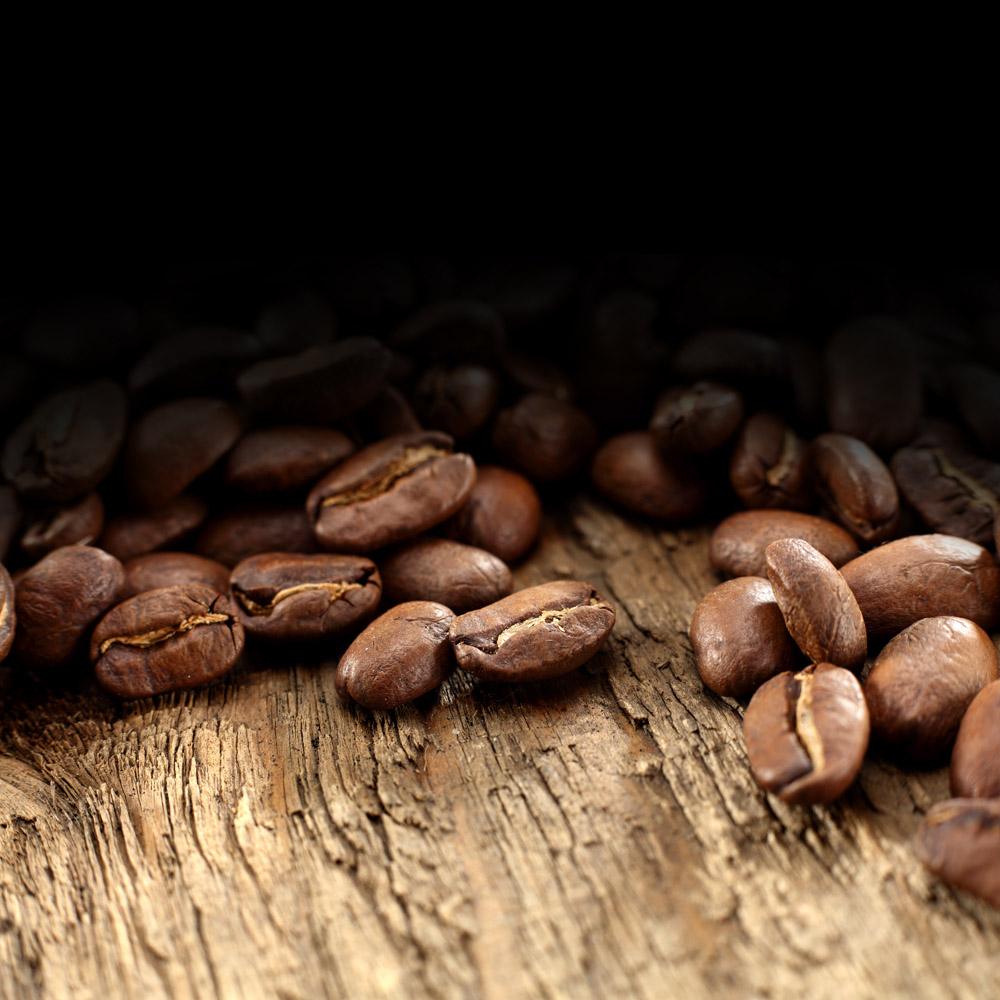Which country is Arabica? the characteristics of Arabica coffee
Follow the caf é (Wechat official account vdailycom) and found that Beautiful Cafe opened a small shop of its own.
At present, coffee has been grown in more than 50 countries in the world, but most of the good coffee beans are concentrated in the equatorial zone between 25 degrees north latitude and 30 degrees south latitude, high altitude, tropical climate and fertile soil. in order to grow full-grained, coffee-rich high-quality coffee beans. The cultivation of coffee beans around the world is mainly concentrated in Brazil, Colombia, Indonesia and Vietnam. In addition to geographical location, there are many other factors that affect coffee quality: planting methods, soil fertility, weather, especially rainfall and light, and the exact latitude. The above factors combined with the treatment of raw coffee beans have created the diversity of coffee from different countries and regions in the world. Arabica and Canephora are two very important varieties in the commercial coffee industry. Arabica coffee accounts for 70% and 80% of all coffee production.

To make a cup of pure espresso, you need to mix a certain proportion of high-quality robusta beans on the basis of Arabica beans. Because among the many choices of coffee beans, high-quality robusta coffee beans can make Italian coffee show its due personality, increase the taste of coffee, make it strong, increase the bitterness at the same time, and make the golden oil of coffee more attractive. If you taste carefully, you can also taste chocolate or cocoa.
There has long been a theory that Roberta produces better crema during punching, which is true. Because the aroma composition and aromatic oil content of Roberta is only half that of Arabica coffee. This means that less oil is quenched into coffee, thus reducing the effect of oil on foam stability, so increasing Roberta will reduce the overall amount of oil quenched from coffee powder, which means you have a higher chance of producing a more stable and richer Crema.
Unlike many coffee plants, Arabica coffee trees can be grown at a wide range of elevations, even below sea level. Altitude is not a major factor in the growth of this plant, but the amount of rainfall accepted is more important. Generally speaking, 40 to 59 inches, or one meter to one and a half meters of rainfall is the best during the growing season. Although this plant is more tolerant to low temperatures than some other coffee varieties, the most suitable temperature for Arabica coffee trees is 20 degrees Celsius.
Arabica coffee is very popular in the Arab region because of its special taste. In recent years, the coffee has also entered the market in countries such as the United Kingdom, the United States and Canada. Although the taste is mellow, Arabica coffee is not bitter (especially freshly brewed). Like many types of coffee, bagged Arabica beans or powdered coffee are available on the market.
For people who like coffee but care about caffeine content, Arabica coffee offers an alternative to decaffeinated coffee, which uses chemical processing to get rid of caffeine. Although Arabica coffee contains a little more caffeine than most decaffeinated products, the reduction is enough for coffee lovers to relax and enjoy the drink. In addition, you don't have to worry about not sleeping at night to drink this kind of coffee after dinner.
Important Notice :
前街咖啡 FrontStreet Coffee has moved to new addredd:
FrontStreet Coffee Address: 315,Donghua East Road,GuangZhou
Tel:020 38364473
- Prev

How to drink Arabica coffee? introduction to Arabica coffee.
Following caf é (Wechat official account vdailycom) found that Beautiful Caf é opened a small shop of its own Arabica species (scientific name coffee Arabica). Originated in Ethiopia (such as Ethiopia) Abyssinia Plateau (present-day Ethiopian Plateau) Arabica species, initially mainly used as medicinal food, after the introduction of the Arab world into Europe, cultivate the habit of drinking and baking
- Next

How about Arabica coffee? Arabica coffee flavor
Following Cafe Review (Wechat official account vdailycom) found that Arabica beans, which opened a small shop in Beautiful Cafe, was an important kind of commercial coffee, resulting in a period of less than three years, with a high-quality aroma and sour taste. Arabica coffee beans are mainly produced in South America (except parts of Argentina and Brazil), Central America, Africa (Kenya, Ethiopia and other places), mainly in the east.
Related
- Detailed explanation of Jadeite planting Land in Panamanian Jadeite Manor introduction to the grading system of Jadeite competitive bidding, Red bid, Green bid and Rose Summer
- Story of Coffee planting in Brenka region of Costa Rica Stonehenge Manor anaerobic heavy honey treatment of flavor mouth
- What's on the barrel of Blue Mountain Coffee beans?
- Can American coffee also pull flowers? How to use hot American style to pull out a good-looking pattern?
- Can you make a cold extract with coffee beans? What is the right proportion for cold-extracted coffee formula?
- Indonesian PWN Gold Mandrine Coffee Origin Features Flavor How to Chong? Mandolin coffee is American.
- A brief introduction to the flavor characteristics of Brazilian yellow bourbon coffee beans
- What is the effect of different water quality on the flavor of cold-extracted coffee? What kind of water is best for brewing coffee?
- Why do you think of Rose Summer whenever you mention Panamanian coffee?
- Introduction to the characteristics of authentic blue mountain coffee bean producing areas? What is the CIB Coffee Authority in Jamaica?

